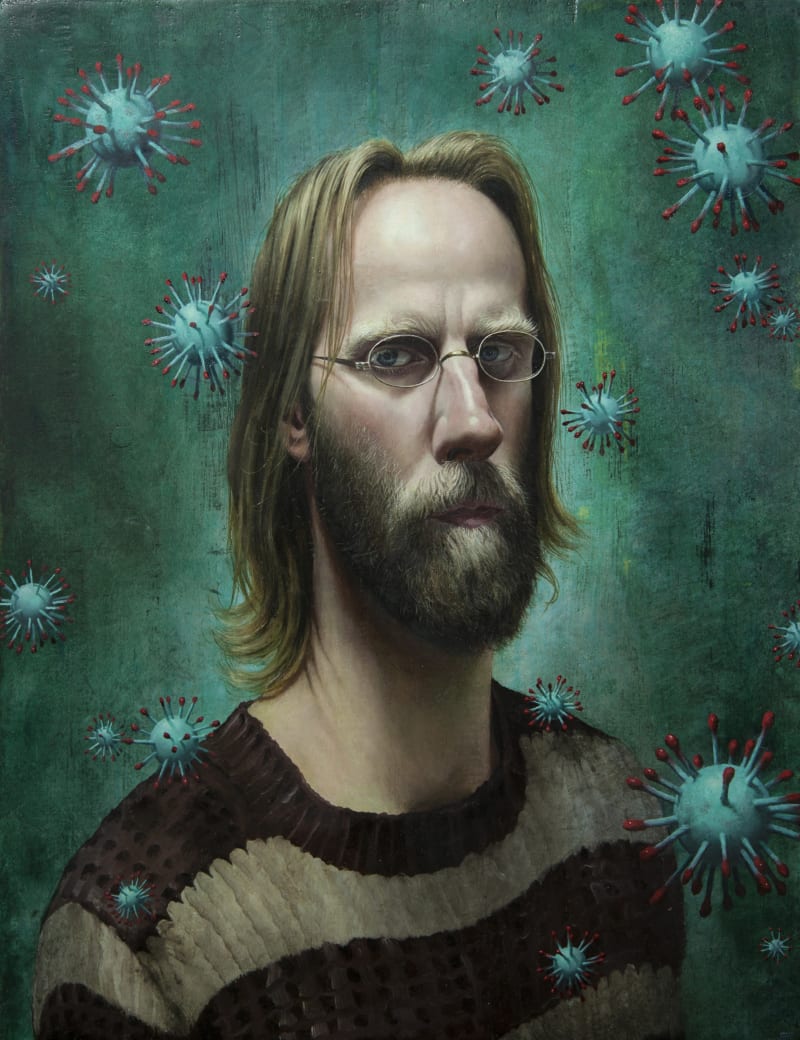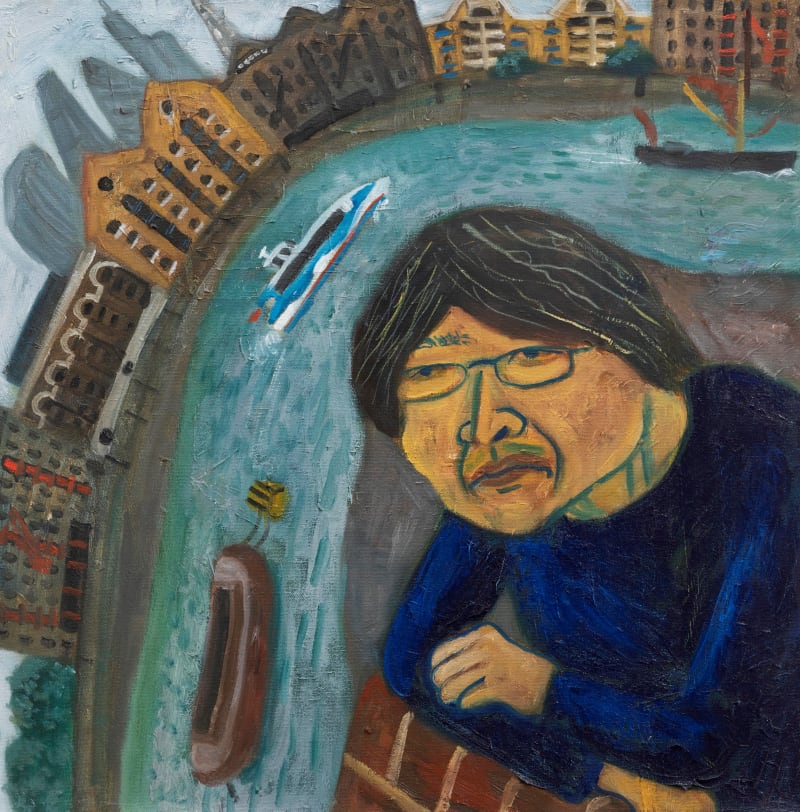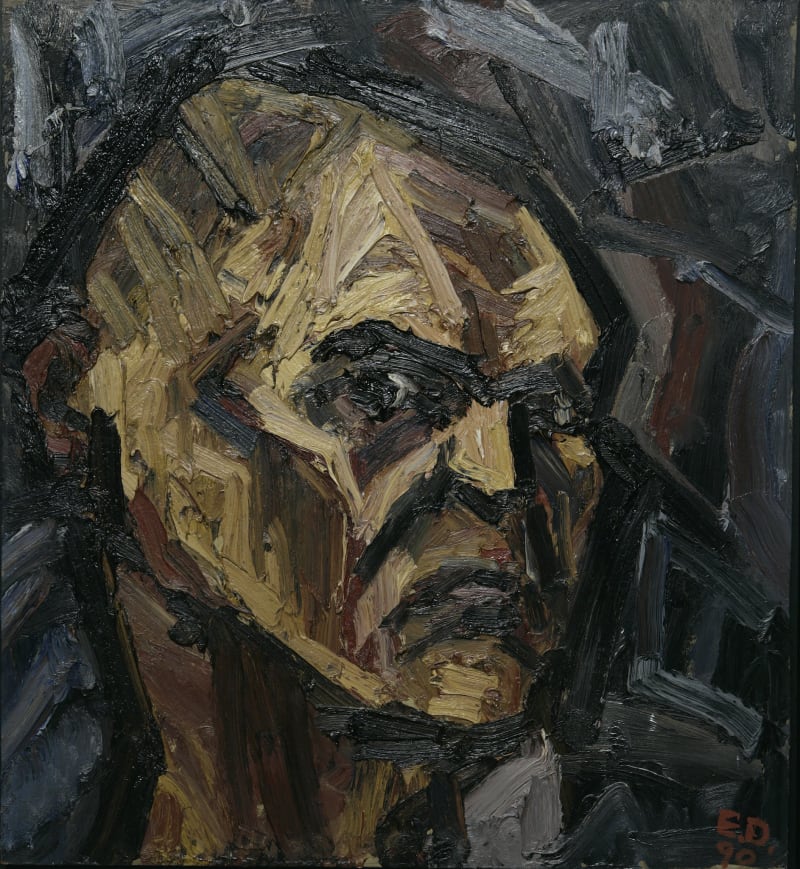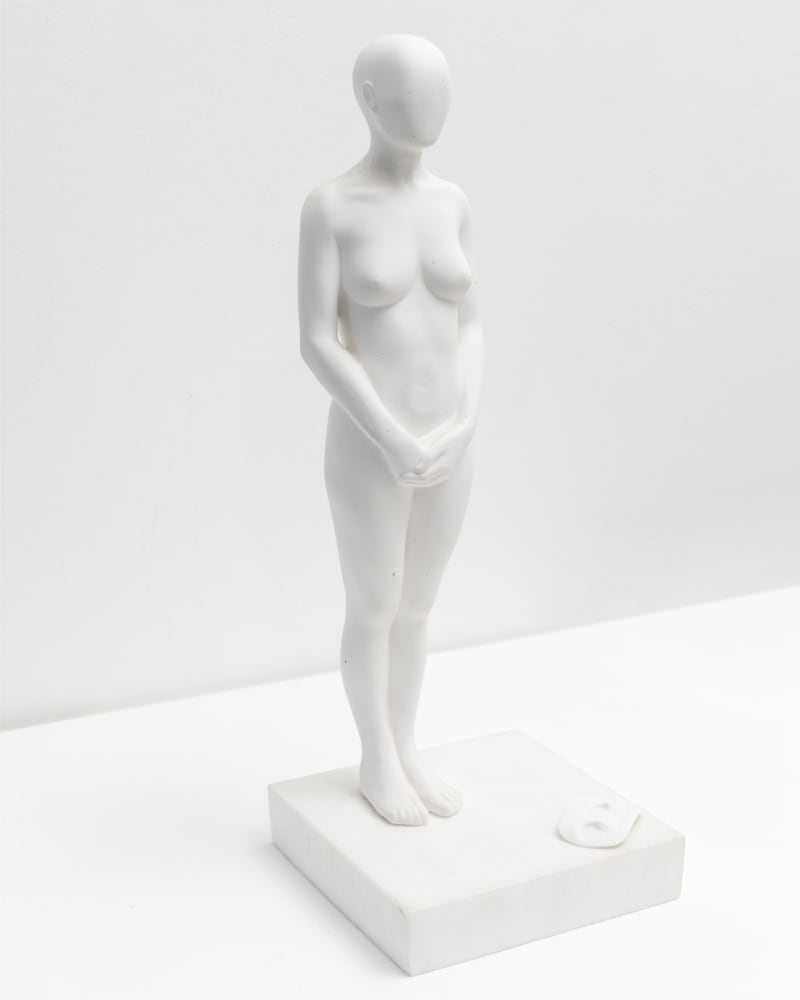
Self
Celebrating portraiture with the new National Portrait Gallery
Overview
In celebration of the reopening of the National Portrait Gallery this summer, Flowers Gallery is pleased to present Self, a collection of self-portraits created by modern and contemporary artists over the past half century. Illustrating each artists' varied approach to self-representation, the paintings, drawings and sculptures in this presentation highlight the enduring relevance of self-portraiture.
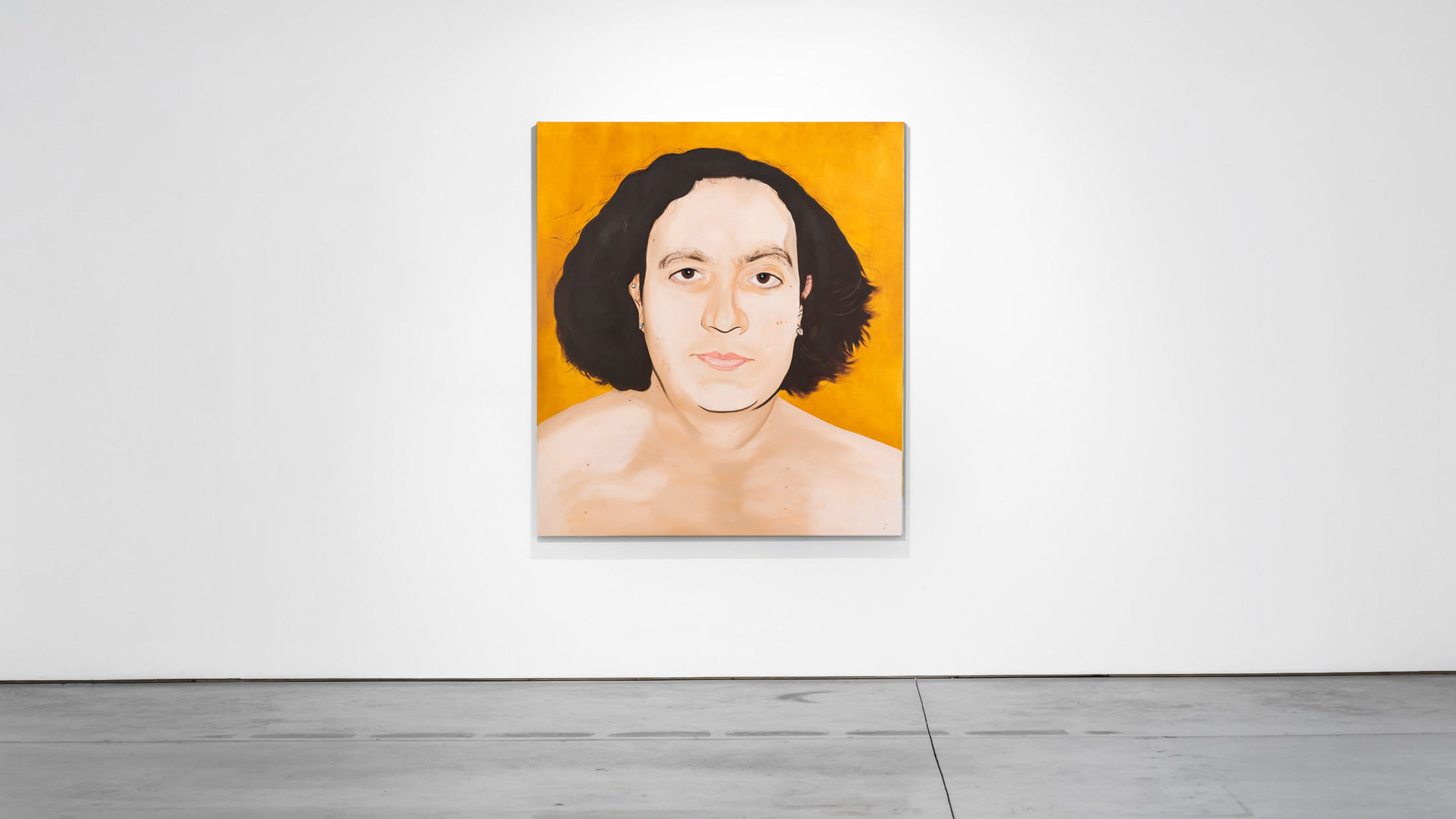
This striking self-portrait is from British artist Victoria Cantons’ Transgender Woman series, a thematic cycle of large paintings tracking her own transgender history and reflecting on what it means to be a woman. Working from a personal archive of photographs made over a period of more than a decade in the years before, during, and after intensive facial surgery, Cantons’ paintings present a record of trauma and healing, alongside a rigorous inquiry into the social constraints surrounding gender politics. Painted and sequenced non-chronologically, the works weave a story that extends to the present day, reflecting on the vulnerability of the body and the empowering action of physical transformation.

This arresting self-portrait by British political artist John Keane is from his Twelve Selves series (2017), a body of work created from a single photograph, obscured to question the nature of self-reflection and how experience informs our understanding of self. The series started with an image taken in 2013, in which Keane placed himself in the role of a victim of the NKVD, Stalin’s secret police, alongside a series of sourced imagery surrounding the Moscow show trials that took place during the 1930s. In the following years, this portrait became a recurring motif, forming the material for both a existential meditation and a period of painterly exploration spanning close to fifity works. Altering the painted or printed portrait using chemical processes, Keane engages with the tension between image and its material substance, allowing materials to play an active role in determing the image while retaining the vestiges of its original meaning. Despite the incursions on the surface of each painting, the original image, imagined as a response to fear and uncertainty, appears resistant to destruction or attempts to render it silent.

Self Portrait: Repentant, 2001 is from Peter Howson, one of his generation’s leading figurative painters and currently the subject of a major retrospective at Edinburgh City Art Centre, When the Apple Ripens: Peter Howson at 65, running until 1st October 2023. Howson is renowned for his penetrating insight into the human condition, as Robert Heller wrote, his practice is ‘founded in humanity, especially the human face.’ The portrait is a delicate yet bold drawing, with textured detail of light and darkness illuminating and shadowing the pensive emotions of the artist in that moment.

This sensuous self-portrait is from the latest by Chinese-American photographer Shen Wei, entitled A Season Particular. The new body of work, exploring notions of gender, form and desire, is reflective of the photographer’s ambition to ‘find the spiritual and abstract similarities between our bodies and nature, emphasising the harmony, fragility and interconnectedness of both.’


This surrealistic self-portrait is by British painter, draughtsman and printmaker Amanda Faulkner, whose work was described by Edward King as having ‘both the surreal nightmare qualities of Gogol and the shockingly intense intimacy of Sartre.’ In the existential and fantastical portrait, Self-Regard, Faulkner visualises herself as two abstract, anthropomorphic figures.
